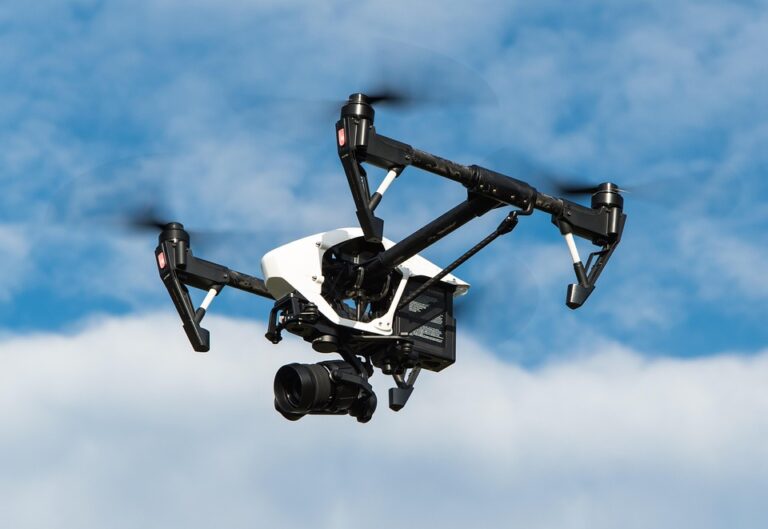Revolutionizing the Skies: The Future of Autonomous Drones in Various Industries
The rapid development of autonomous drones is set to revolutionize various industries, reshaping how we think about logistics, agriculture, construction, and beyond. As technology advances, these aerial vehicles are becoming smarter, safer, and more reliable, paving the way for greater efficiency and innovation.
Understanding Autonomous Drones
Autonomous drones, often referred to as unmanned aerial vehicles (UAVs), are capable of flying without direct human control. Equipped with advanced sensors, cameras, and smart algorithms, they can perform a variety of tasks ranging from surveillance and mapping to delivery and agricultural monitoring. The rise of these technologies reflects a convergence of robotics, artificial intelligence, and drone technology, creating vast opportunities across multiple sectors.
Industry Trends and Statistics
The demand for autonomous drones is surging. According to recent market research, the global drone market is expected to reach $42.8 billion by 2025, growing at a compound annual growth rate (CAGR) of 20.5%. Additionally, it is estimated that delivery drones will account for 1.1 million of the 3.5 million total commercial drones forecasted for operation by 2025. These figures underscore the significant role autonomous drones are set to play in modern economies.
Applications Across Industries
1. Agriculture
In agriculture, autonomous drones are revolutionizing how farmers monitor their crops and manage their fields. By utilizing drones for aerial imagery and data collection, farmers can gain insights into crop health, identify disease outbreaks, and optimize irrigation strategies. A study indicated that the use of drones could increase crop yields by up to 15% while reducing chemical usage by 30%.
2. Logistics and Delivery
The logistics sector stands to benefit immensely from the integration of autonomous drones. Major companies like Amazon and UPS are already experimenting with drone delivery systems. These drones can transport packages directly to customers, significantly reducing delivery times. For instance, a drone could deliver a package within 30 minutes instead of the typical one or two days. During the COVID-19 pandemic, companies turned to drones to efficiently deliver medical supplies, highlighting their practical advantages in urgent scenarios.
3. Construction
In the construction industry, autonomous drones assist in site surveys, project monitoring, and safety inspections. Equipped with 3D mapping capabilities, drones can help create accurate topographical maps and make real-time adjustments to construction plans. This not only improves efficiency but also enhances safety, as drones can access hard-to-reach areas without putting human workers at risk. According to a study from the American Society of Civil Engineers, drones can reduce survey times by up to 75%.
Overcoming Challenges
Despite the promising advantages, the widespread adoption of autonomous drones faces several challenges. These include regulatory hurdles, privacy concerns, and technological limitations such as battery life and payload capacity. Governments around the world are in the process of updating their regulations to accommodate the integration of drones in a manner that prioritizes safety and privacy.
Analogy: Drones as Modern-Day Air Taxis
Think of autonomous drones as the air taxis of the future. Just as ride-sharing apps changed the way we commute, drones will alter how we receive goods and monitor resources. With advancements in UAV technology, they could become commonplace in our skies, transforming everyday logistics into a seamless experience.


Conclusion
The future of autonomous drones is vibrant and filled with potential. As we continue to break through technological barriers and navigate regulatory challenges, these aerial vehicles are poised to make significant contributions across various industries. From enhancing agricultural efficiency to transforming logistics and construction operations, the capabilities of autonomous drones will undoubtedly reshape our daily lives.
For readers interested in learning more about how emerging technologies influence our world, check out our articles on The Role of Robotics in Modern Agriculture and How Technology is Changing Delivery Services. Additionally, for external reading, the Federal Aviation Administration (FAA) has comprehensive guidelines on drone regulations available here.
As we look to the horizon, it’s clear that autonomous drones are not merely a technological novelty but are becoming essential instruments in the ongoing evolution of various sectors. As they take to the skies, they will carry with them the promise of efficiency, innovation, and unprecedented growth.


